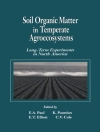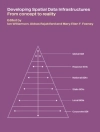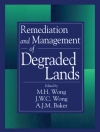This preface is being written at a time of exceptional public interest in the North Sea, following media head- lines on toxic algal blooms, the mass mortality of common seals, and concern over pollution levels. These headlines may suggest that pollution of the North Sea is a recent event. This is not the case. Although no data are available (methods simply did not exist), it is safe to assume that emission (both into air and water) of heavy metals already started to increase in the 19th cen- tury. The growth of cities and introduction of sewer sys- tems led to the discharge of raw sewage and sewage sludge. The introduction of man-made (xenobiotic) organ- ic chemicals and their subsequent emission into the North Sea commenced before the second world war. The shallower and coastal areas of the North Sea receive the highest concentrations of these pollutants. Not unexpectedly, these areas – some Norwegian fjords, the Dutch coast, the German Bight – show signs of ecosystem deterioration and eutrophication. A certain percentage of the pollutants does not remain in the North Sea but is "exported" to the Atlantic. The North Sea therefore con- tributes to the global input of pollutants to the world’s oceans. The major part of the pollutants accumulate in the North Sea and are incorporated in the bottom sediments. Although they are "out of sight", they should not be "out of mind".
Brian L. Bayne & Egbert K. Duursma
Pollution of the North Sea [PDF ebook]
An Assessment
Pollution of the North Sea [PDF ebook]
An Assessment
Koop dit e-boek en ontvang er nog 1 GRATIS!
Taal Engels ● Formaat PDF ● ISBN 9783642737091 ● Editor Brian L. Bayne & Egbert K. Duursma ● Uitgeverij Springer Berlin Heidelberg ● Gepubliceerd 2012 ● Downloadbare 3 keer ● Valuta EUR ● ID 6331822 ● Kopieerbeveiliging Adobe DRM
Vereist een DRM-compatibele e-boeklezer












